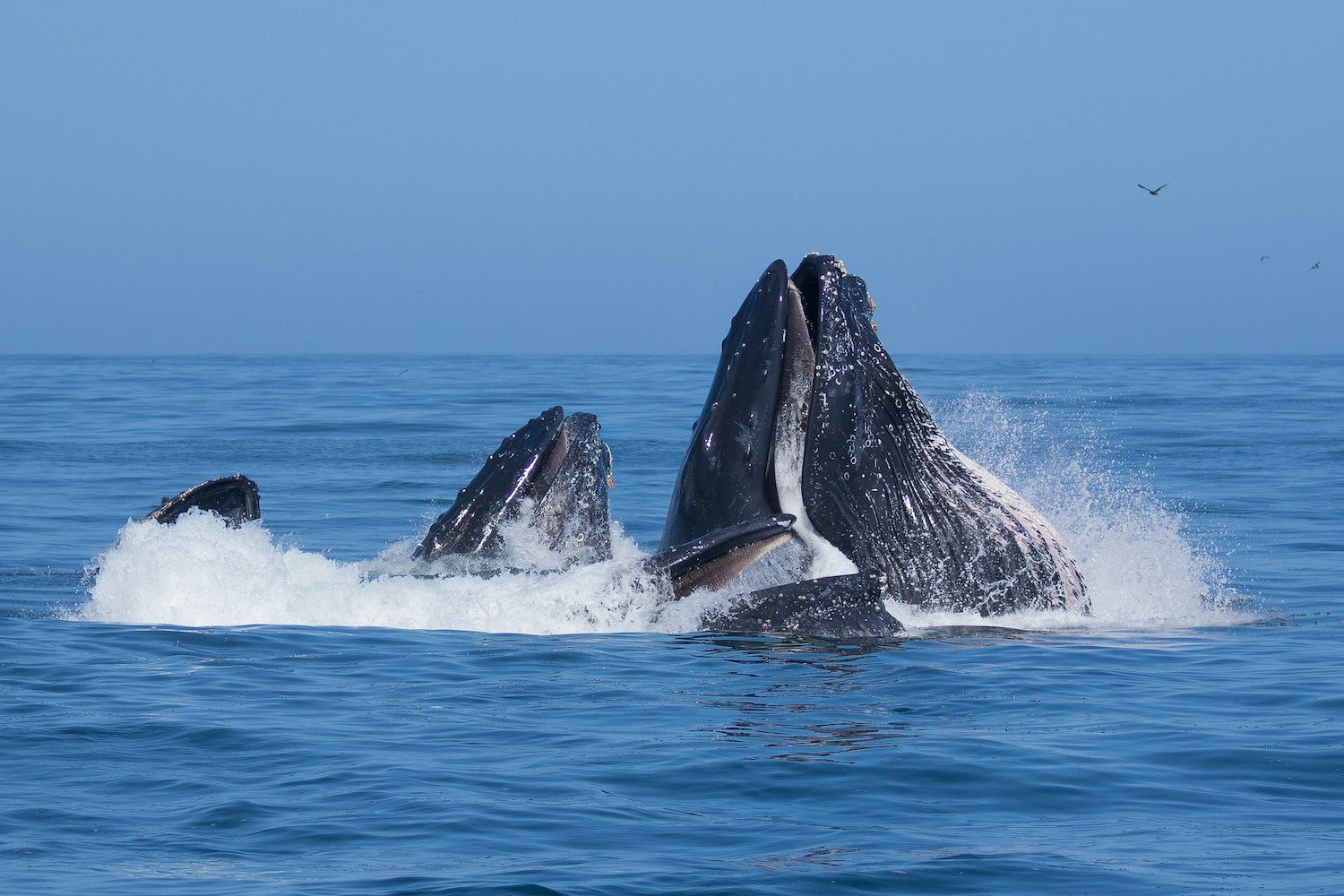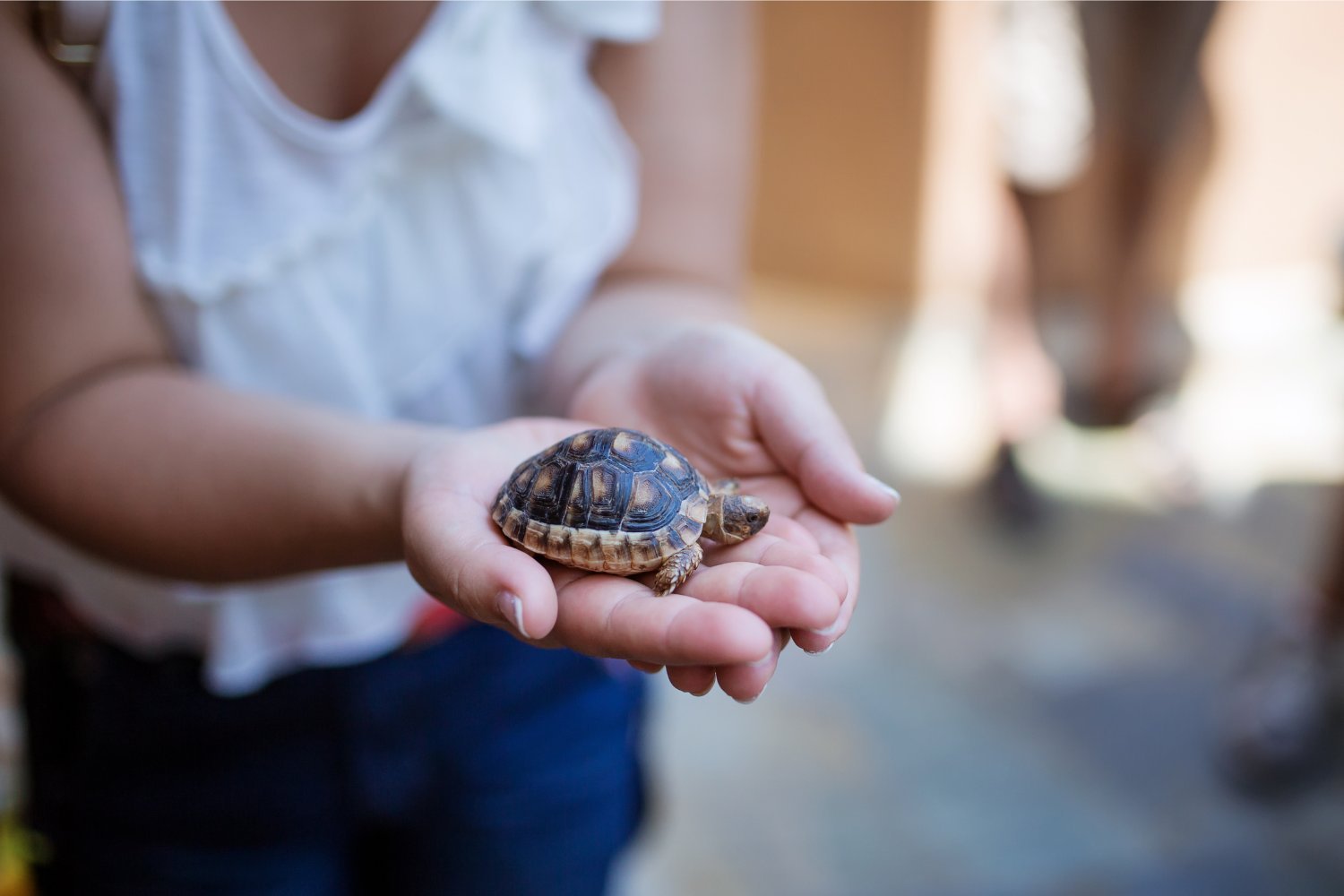Humpback whales may not have hands, but that doesn’t mean they aren’t handy. A new study argues the aquarian mammals should be classified as tool users, thanks to their ability to catch krill using nets made of bubbles.
The whales in question were spotted by researchers off the coast of Alaska in July 2019. Over five days, the scientists filmed the whales building their bubble nets, a behavior that’s been widely observed. Of particular interest was the actual makeup of the nets, including their size, and distance between the bubbles. For the next two years, the researchers returned for more expeditions and kept measuring the bubble nets. They ended up documenting hundreds of bubble nets over that time, created by dozens of individual whales. All the documented nets contained multiple circular rings of bubbles, with each successive ring smaller than the last.
In a paper published in the journal Royal Society Open Science, they analyzed that data, and found the whales weren’t creating the nets haphazardly. Rather, the whales were manipulating the size and makeup of the nets in several ways, including altering their depth, and the space between bubbles. The whales were able to accomplish this by changing the rate at which they made the bubbles, while still swimming at a constant speed.
The nets created barriers that were used to corral krill, schools of fish, and other food into a small area where the whales could then feast.
While it would seem that herding prey into a small area might pay off by requiring the whales to expend less energy, the researchers concluded this wasn’t the case. The humpbacks breathed at a similar rate to whales who didn’t use nets, and instead just lunged at their prey. They also found that the energy expended creating the nets was likely similar to what a non-net-building whale would use up while feeding.
Instead, the benefit could be rounding up more food in a bite. For each lunge made by a net-building whale, the scientists said a non-netter would make as many as 15. In total, they estimated that prey density for the tool-using animals was seven times greater than their lunge-happy cousins.
The researchers argued that this behavior meets the definition of tool use, which they say is the purposeful use of an “unattached environmental object” to alter, position, or otherwise control another object or organism.
“Many animals use tools to help them find food but very few actually create or modify these tools themselves,” said Lars Bejder, director of the University of Hawaii’s Marine Mammal Research Program, in a press release. “These whales skillfully blow bubbles in patterns that form nets with internal rings, actively controlling details like the number of rings, the size and depth of the net, and the spacing between bubbles.”
Tool crafting has been found in an assortment of species, including mammals, birds, fish, and insects, but it’s relatively rare among animals. No wonder future aliens are so desperate to talk to humpback whales.











Leave a Reply